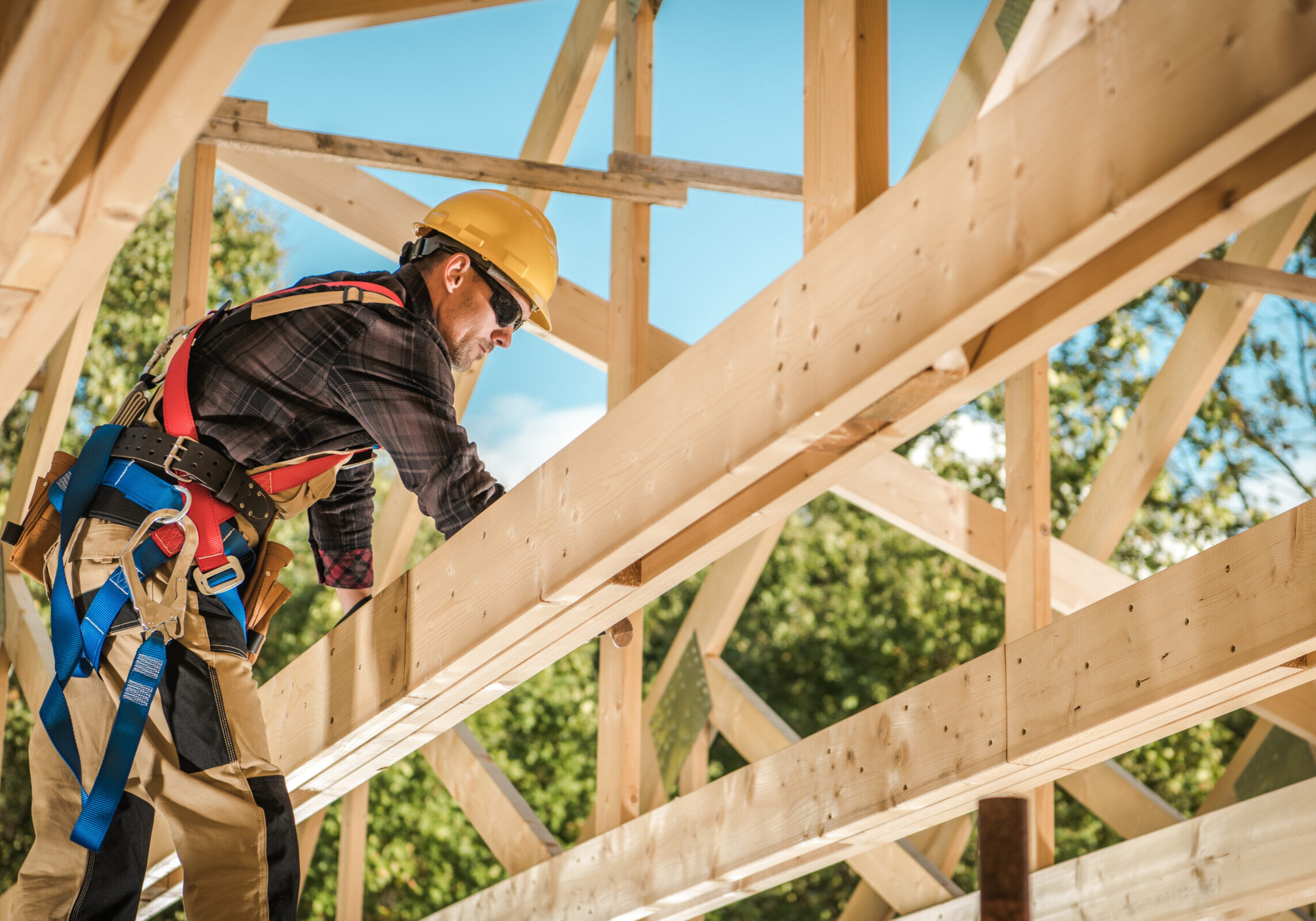Home Builder Social Media Tips for the Real World
October 18, 2019

Let us guess: Someone (probably in marketing) said you have to be on social media as a business owner. Maybe it was even us when we were talking about the importance of reputation management. Social media generally gets the most marketing buzz thanks to its viral power, and, as such, it’s often treated as a solve-all by company executives and marketers alike.
And the truth is social media can be an incredibly helpful tool, but too many advice articles (even when they claim not to) assume every company has a person monitoring social 24/7, or they’re primarily geared toward ecommerce companies. So, we’re here to talk real-world advice about social media for home builders and home builders only.
But first: Why social media?
With 69 percent of Americans on Facebook, is there really any reason not to be where your customers are? Keep in mind that you’re in the enviable position of selling a product people enjoy learning more about (HGTV is the 22nd most popular network after all), so there’s no point in not taking advantage of that.
Okay, onto the advice.
Start by choosing who will run your social media
A good social media strategy will only work if it can be maintained. If no one is formally charged with the task, it’ll fall through the cracks. So, first assess who’s the best person (or people) for the job. If you have a marketing person, great. If you don’t, the task is generally best for the most tech-savvy people who can share the responsibility.
It’s also safest to keep the responsibility to a specific group of people so your posts sound consistent in tone and style. You can always tell when an errant manager has logged on when suddenly a company’s posts are written in all caps or contain more emojis or exclamation points than usual.
Define your reason for being on social media
If it’s because we’re telling you to be on social media in this post, then okay, fair. But having a goal will help to influence how you proceed. Here are some examples:
- No one really knows about us and we’d like to gain more exposure among local homebuyers.
- We’ve gotten several bad reviews on Angie’s List and we hope to rehabilitate our image through social media.
- We want to show people we’re a local home builder who does good work and contributes positively to our community.
- We want to make more sales while showing people who we are as a company.
Once you define what you want to accomplish, you can get your team on the same page about the type of content they should post.
Not yet a HomeSphere builder?
HomeSphere is a free rebate program offering cash back on over 1,500 products from more than 80 of the top building product manufacturing brands.
Prioritize your top channels
Understand now that you don’t need to be on every social media network. While we’re sure there’s a home builder out there who has the perfect argument for Snapchat, here’s ours: forget it. Put your resources where your audience is most likely to be engaged, and that’s probably not going to be a platform designed for disappearing content and a young user base.
Facebook will continue to be a good place to start because of the sheer number of people on it and the industry you’re in. Like we mentioned before, people like to look at real estate in their free time. Facebook is also a great platform to share all kinds of content from pictures to videos to blog posts (if you have any), while staying engaged with any potential customers who leave questions or privately message you. And if you want to experiment with disappearing video, you can try their Stories feature.
Instagram could also be helpful because it’s all about sharing visuals and people love gawking at homes. However, the pictures will need to be of high quality, so if there isn’t someone on the scene with a good phone or some basic understanding of the rule of thirds, it’s probably not worth it to pursue.
Youtube is also an obvious opportunity to create behind-the-scenes videos of your home building process or maybe a nifty home building tips series. Naturally, both of these examples would take more resources, but what’s great about Youtube is that you can easily repost your content on Facebook, your website and more.
With all that being said, though, you’ll want to keep in mind the suggested amount of time needed to post to social media to see any returns. While these suggestions can be taken with a grain of salt (different studies say different things), it can help influence what social media channels you even have the resources to use.
Choose a schedule
We don’t literally mean determine the same time and day you’ll post every week, but try to commit to a posting frequency, like four times per week, so you don’t fall out of habit. It’s better to not have a Facebook page, than to have an inactive Facebook page that hasn’t posted in six months. You’re just leaving people to wonder if you’re even a functioning business still.
Posting frequency should match what’s best for each platform (see the last links in the previous section), so only choose channels that you can handle.
The idea here isn’t to be needlessly strict about when you post, but to ensure that you’re continuing to engage with your accounts. And if you know your goal is to post to Facebook three times a week, you can prepare and think about content in advance. You don’t want to fall into the trap of “oh I haven’t posted in awhile, here’s a photo of my coffee cup with the caption, ‘Ready for Monday!’” You want to provide thoughtful content that’s relevant to your business and audience.
Use visuals and lots of them
People like looking at photos of homes, and there’s no better excuse to post lots of house photos than as a home builder trying to sell your work. Good visuals are also a way to get people back to your website to continue exploring more.
Engage people to learn more about your homes by featuring your best work and include interesting tidbits about what makes the home special. Does it have cool green features or a standout kitchen? Show it off.
If you do good work in your community, social media is also a good spot to show that. You don’t have to be self-congratulatory or obnoxious about it, but your values are an important part of who you are as a company and people appreciate it as long as it’s genuine.
Make sure your profile is filled out completely
Regardless of the platform, always make sure you’ve filled out any sections you can with your complete company information, like contact info, website link and office hours. That way, people know how and when they can contact you.
It’s also an opportunity to include more of your company personality and voice to try to engage users who end up on your page.
Consider an initial paid boost
While you don’t want to buy followers, most social media platforms have awareness ads you can run to boost your page on that specific platform. For Facebook, you can run Page Likes ads, where your page will be promoted to a targeted audience of your choice within the platform, giving users the opportunity to start following you.
It’s becoming increasingly harder for businesses to grow organically on social media so an initial boost can help you to gain your first hundred followers or more (depending on how long you run the ads). You’ll want to aim for organic (or unpaid for) growth in general because you’ll have a more engaged audience that way, but we’d be lying if we said prospective customers won’t be put off if you only have a handful of followers. Ads can be a good way to get a boost while your pages are still getting off the ground.
Stay tuned for a follow-up article on the best kinds of content to post.
In the meantime, let us know any additional tips you’ve learned about social media.






